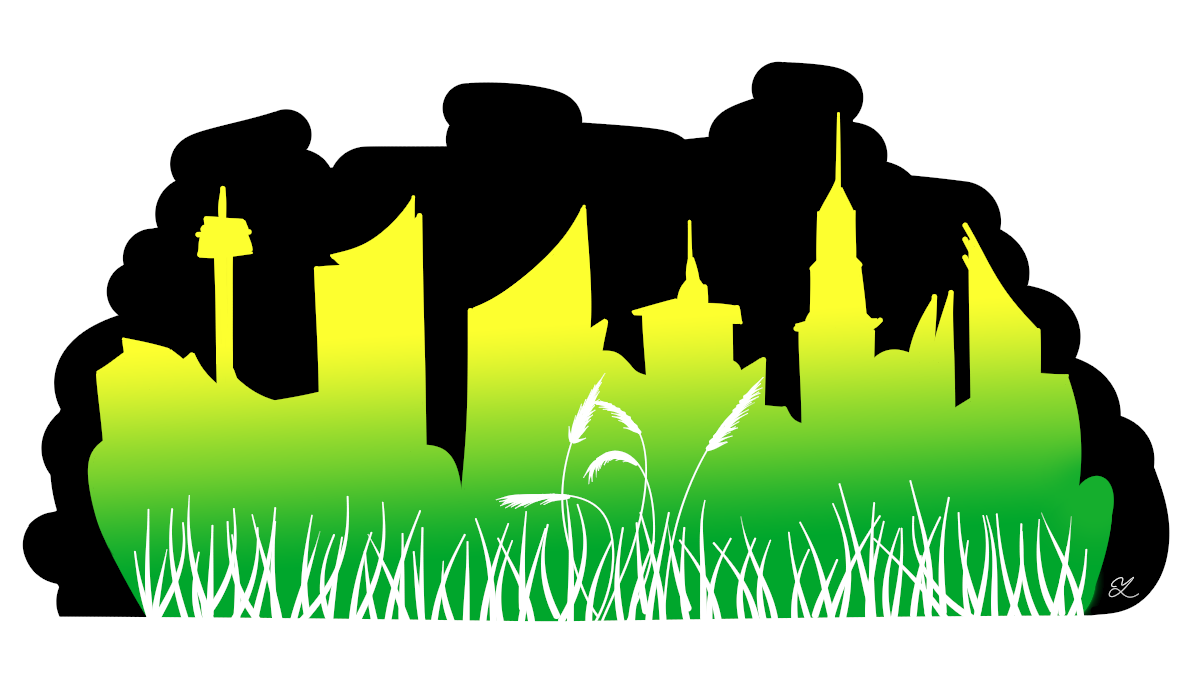
Urban expansion could lead to dramatic losses in cropland and crop production, according to a new Yale study.
The study, conducted by Yale researchers Karen Seto and Christopher Bren d’Amour, found that the growth of cities around the world will cause a global decrease in available cropland, especially in countries that depend largely on agriculture. Additionally, the land lost to urban expansion will tend to be more productive than average, leading to a decrease in food production.
“The purpose of the study is to forecast potential scenarios of urban expansion and what that will mean for farmland around the world,” said Seto, a professor of geography and urbanization science at Yale and a senior author of the study.
The data for the study was drawn using a probabilistic model that determined the likelihood that multiple segments of current farmland would be urbanized by 2030.
The study determined that, globally, expansion will result in 1.8 to 2.4 percent loss in global croplands by 2030, with 80 percent of this loss occurring in Asia and Africa.
“It’s a much more regional problem than it is a global problem,” said Bren d’Amour, first author of the study and a Ph.D. candidate currently working in the Seto lab at Yale.
Countries such as China, Vietnam and Pakistan are predicted to lose between 5 to 10 percent of their cropland. While countries such as India and the United States will also experience cropland loss, the urban expansion still leaves most land untouched, meaning that expansion will not threaten domestic crop production.
In addition, most of the croplands that will be lost to urbanization are believed to be twice as productive as other cropland, leading to a disproportionate loss of productivity.
“The 3 percent cropland loss in Asia translates into a 6 percent production loss,” the study states. “In Africa, the effects are tripled: A 3 percent cropland loss translates into a 9 percent crop production reduction, most of which will take place in Egypt and Nigeria.”
These results are due to the tendency of urban agglomerations to be surrounded by croplands that have above-average productivity. According to Seto, this is most likely due to the tendency of human settlements to form in areas with productive farmland.
“Countries can compensate for cropland loss by either expanding their cropland or intensifying production,” added Bren d’Amour. “If they cannot do that, they will have to import more crops instead.”
The countries that will be hit hardest by the loss of productive croplands also tend to be countries whose economies are more deeply embedded in agriculture. These countries also tend to already be using their farmland to capacity, according to the study.
Seto noted that if these countries become more dependent on imports, their political stability could in turn become more dependent on food price shocks. This could be especially prevalent with the emerging effects of climate change on crop production, Bren d’Amour added.
“The loss of a lot of farmland means people are going to lose their jobs; people are going to lose their livelihoods,” Seto said. “That’s going to make these places much more vulnerable to international food prices and variations in the food supply systems.”
Bren d’Amour highlighted the case of Egypt, where the natural resources are already limited. Yet the country is still forecast to urbanize a great deal before 2030 due to population expansion. Egypt already imports a large percentage of their crops, but will have to rely more on external imports in the upcoming years, according to Bren d’Amour.
Felix Creutzig, a professor of climate change and infrastructures at Technische Universität Berlin and another senior author for this study, stressed that the best solution for the problems identified is to encourage people to put public pressure on their governments to pursue urban planning that will protect productive farmland. One way to do this is to encourage urban expansion that is vertical — focusing on high-rise buildings, for example -— rather than horizontal.
According to a previous paper published by Seto, between 1970 and 2000, urban areas across the globe expanded by almost 22,400 square miles.







